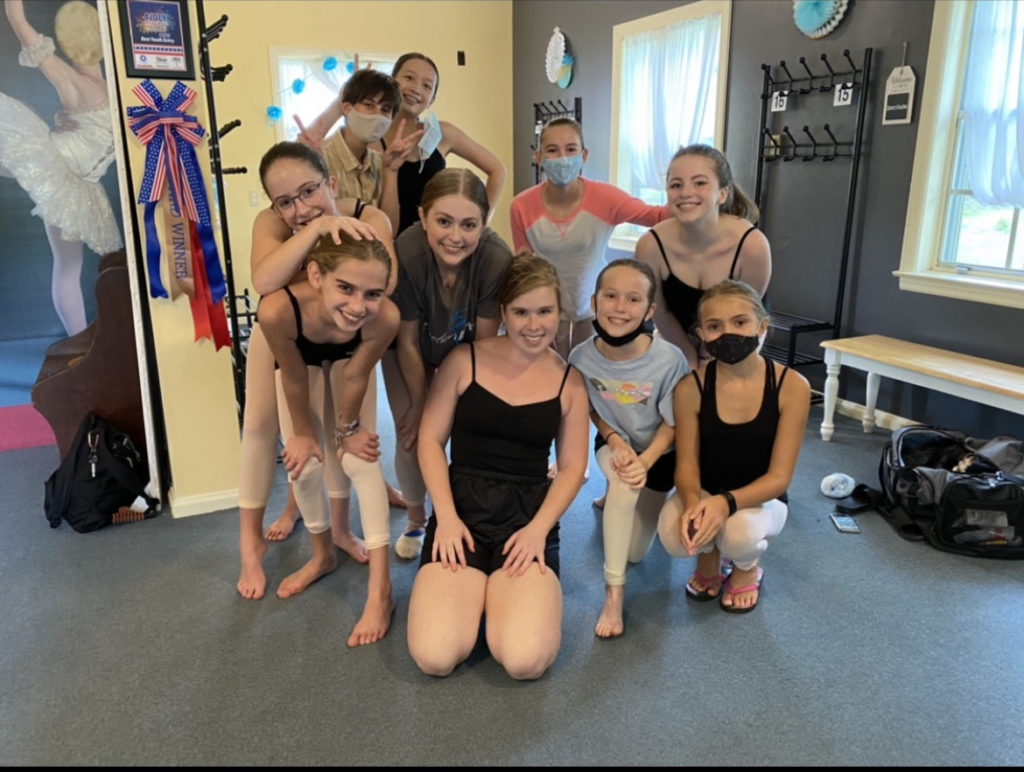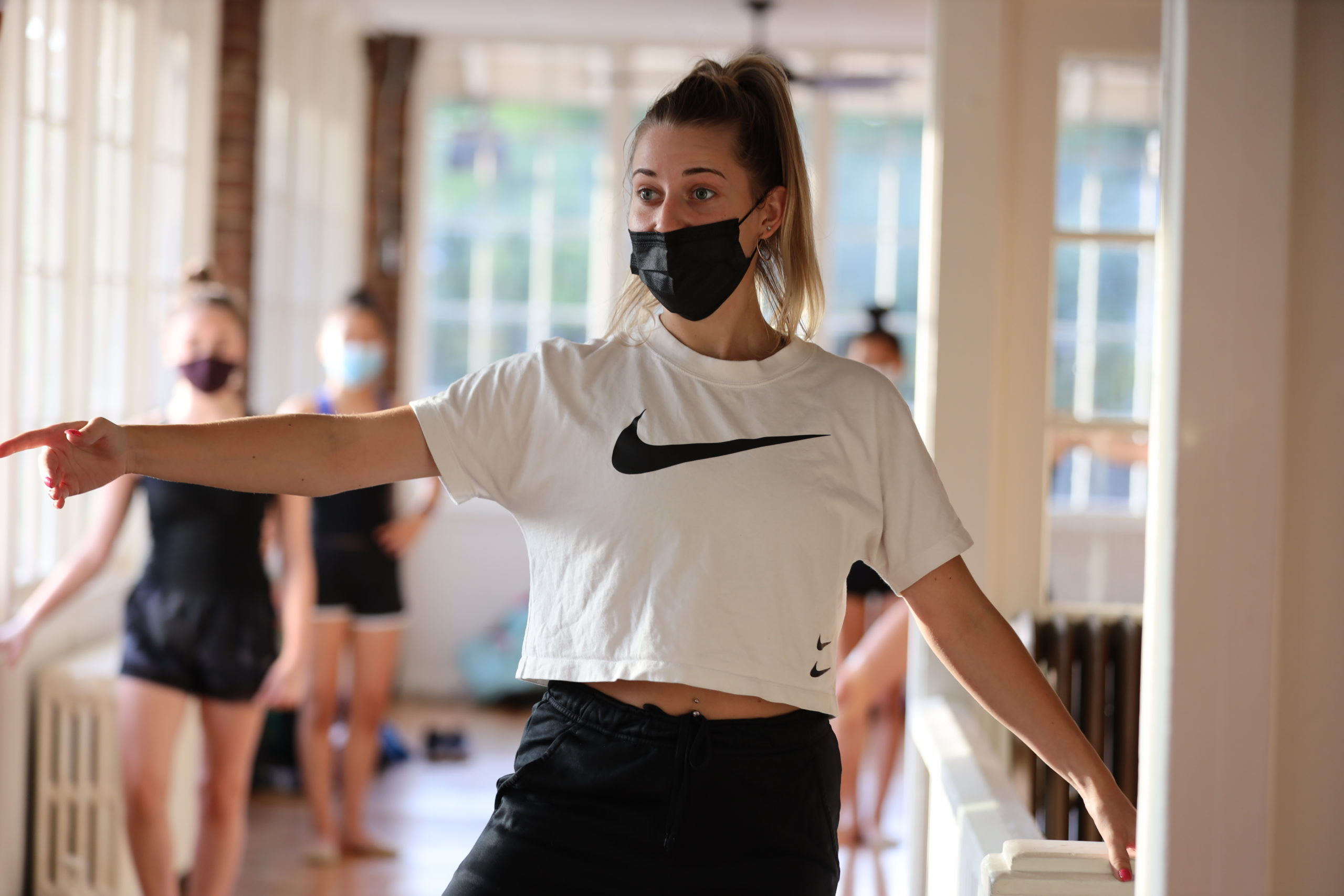Should You Teach at a Local Studio While You’re Still in College?
Whether you hope to join a professional ballet company, land a role on Broadway or become a choreographer, teaching dance will likely be part of your career path. It’s a relatively stable, in-demand job, and it allows you to share your knowledge and experience with younger generations. But why wait until after graduation to start? Many local studios hire college students to teach while they’re still in school, so take advantage of the opportunity to add valuable professional experience to your resumé.
Build Your Confidence
Beyond making extra money and gaining professional experience, teaching can help validate your direction. “Not that you ever need to prove yourself to the ‘real world,’ ” says Makayla Garrett, who graduated from Messiah University in 2019, “but when you have that experience and a job that pays, in a way, it legitimizes your career as a dancer.”
Learn Communication and Leadership Skills
Teaching in a studio can help you develop skills necessary in the professional world, from directing company class to leading rehearsal. Holley Farmer, the BFA program director at CalArts, has found that “being able to communicate clearly to dancers and address their specific needs” is crucial for becoming a strong leader in the dance field.
Determine Whether Teaching Is Right for You
Some dancers are more natural teachers, while others need practice to get the hang of it; getting experience early on will help you decide if you enjoy teaching and want to pursue it. Garrett, for example, was able to develop her own teaching style while in college, which helped her succeed in professional gigs postgraduation. After Garrett led a rhythmic-gymnastics class, her boss said, “I feel confident asking you to teach any class.”
Apply Your Pedagogy Courses
College courses in dance pedagogy provide useful learning tools, and teaching at a local studio allows you to apply the techniques and theories you learn in the classroom. Madison Moser, a mentee of Farmer’s at CalArts, appreciates teaching because it is “learning from a body not my own.” Many dancers find that teaching students a technique or skill helps them understand it better themselves.

Land Your First Teaching Job
Network and make personal connections
Getting a personal recommendation from someone already working at a studio is the most straightforward way in. Talk to other students in your university’s program to see where they are working and if they can connect you with the owner. Ask faculty members if they can recommend studios that would be a good fit for you.
Apply early
“Email early in the year, not a few weeks before the semester starts,” says Kristin Peterson Iovino, owner of MotionArts Dance Academy in Bloomington, Indiana, who hires students from the Indiana University Contemporary Dance Program. College students should apply as early as March, because studios begin preparing up to six months before the season begins. Iovino also encourages students to send a reminder email to ask about openings if they haven’t heard back after a few months.
Cast a wide net
Send a cover letter and your resumé to multiple studios. If one studio can’t use a teacher in your style, they’ll often refer you to another one nearby.
Prep for the interview
Iovino wants to know what students are good at and what they want to teach. Be prepared to tell the interviewer about your training and your strengths, and don’t be afraid to say which styles are your expertise and which ones you are less experienced in. Studio owners will often ask interviewees to demonstrate their knowledge during the application process, so be ready to lead an exercise in the style you’re hoping to teach.
Be professional
Know the studio’s expectations. Iovino looks for teachers who are “organized, stay on task, relate well with the kids, are dressed appropriately and have a means of transportation.” She expects her teachers to wear professional, tight-fitting dance attire that is appropriate for their genre.
Start by subbing
Subbing lets you observe the studio environment and gives the studio a chance to see your teaching style. It’s often the easiest way to start getting connected to local studios.
Choosing the Right Studio
Look for a place you can impact.
Makayla Garrett advises searching for a studio that needs a teacher in your area of expertise. When she was still in college, she approached DanceVibe, a competition studio in Mechanicsburg, Pennsylvania, that she knew could use more classical training and technique. “I knew that they needed some really great ballet training,” Garrett says, “and I wanted to bring it to them and see the results.”





